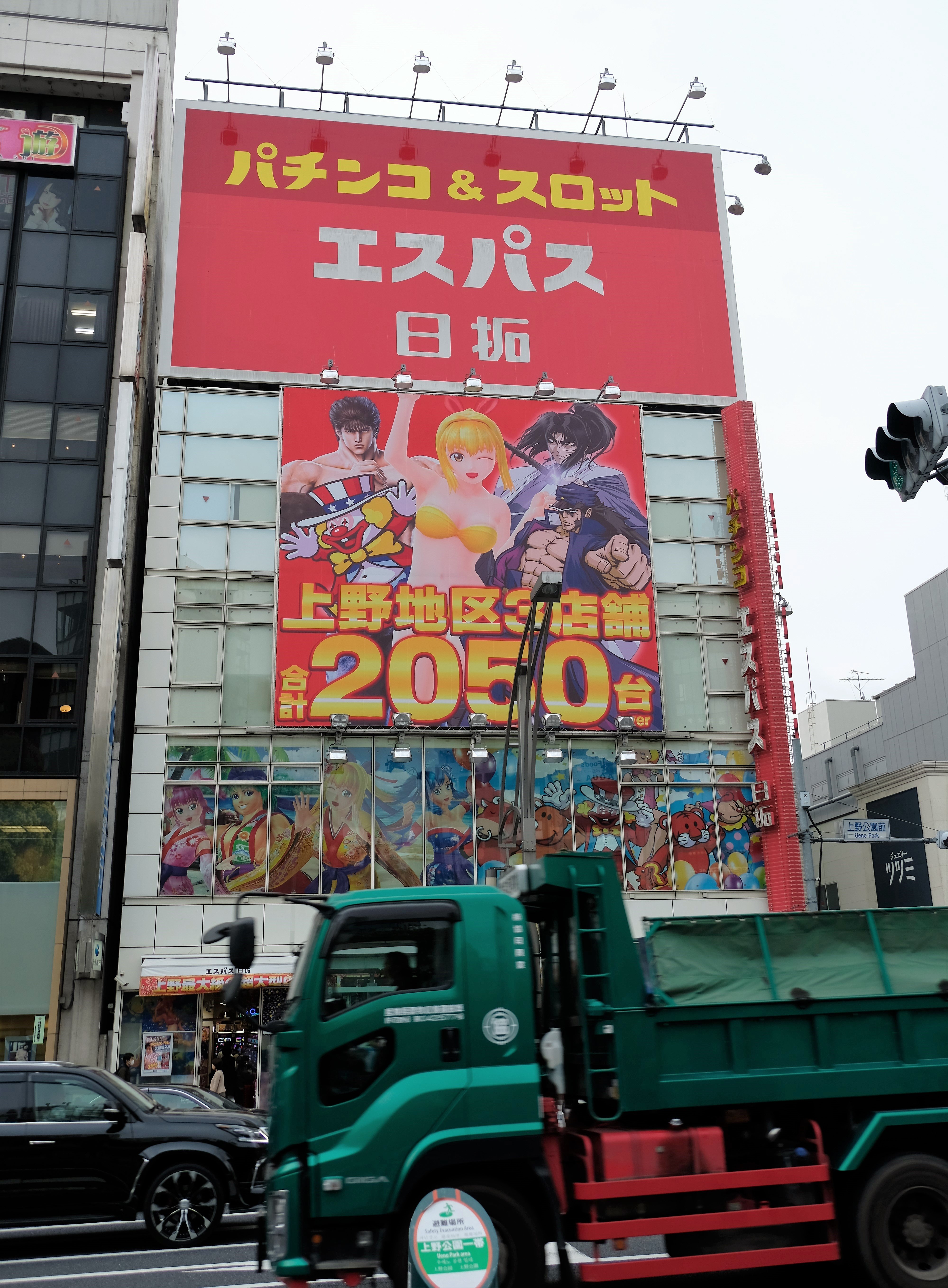My journey to Tokyo
My time in Tokyo was limited, because I only had 10.5 days in Japan; self-imposed as a result of how I booked my round the world ticket with Star Alliance – later on my travels regrettably, finding out just how easily it can be changed (I’ll get into that during my time in New Zealand). As per my usual modus operandi, I hadn’t put much thought into what I wanted to do and see in Japan, except hopefully to be in time to see the cherry blossoms. As with a few of my destinations, Japan and Tokyo started off rather slowly, then there were a few interesting challenges, however afterwards it went from strength to strength…Japan turned out to be fantastic!
Booking my accommodation in haste whilst on Gili Air, the night before flying out to Japan; my rationale was to get a place close to Tokyo centre for two nights, in the hope that this would be enough time to suss out the location, if good stay, if not then move. One thing I didn’t fully appreciate was just how expensive Tokyo and Japan accommodation is, wow! It seemed even more so because of what I had been paying the previous few months in Thailand, Vietnam and Indonesia. Yes, it is expensive, but compared to places like London, New York etc. it is about the same, but with very few lower end types of accommodation. It seems that for a reasonable place prices start at around £70 per night – there are cheaper, but honestly, they seemed very low-end and not places I would like to stay. Another option is to stay in a “pod”, these are a-plenty! I know you can get them in other cities, but here, oh my, there are loads of pod-hotels and seem more the norm that normal hotels. Reminiscing about my time in Japan I really should have tried a pod-hotel, even if it was just for one night – some of them are very fancy, and expensive too, more so than some of the places I stayed in. Reason for not doing so was quite simple, my criteria for choosing accommodation is a simple formula, 1. Private bathroom, 2. Wifi, 3. Location (preferably a central location so it saves me time and cost on transport when site seeing. I still mildly regret not at least trying a pod hotel for one night.
My first hotel was APA Hotel and Resort Tokyo Bay Makukari. Arriving at Tokyo Narita (4th April) airport just after 8:00 am, immigration was stereotypical of what I thought it would be like in Japan, swift and efficient, from there a bus to the hotel within 45 minutes after landing. Airport information was great too, I had no idea how to get to the hotel and would have taken a taxi (airport taxi’s throughout the world in my opinion are a bloody rip-off); with the help of airport information I was on the bus which would stop about 1km from the hotel, at a fraction of the cost of a taxi – I must have got to the hotel just before 10:30, bloody tired!
Not to labour on about it (but I will ?), I was tired. I caught the first public ferry (only 25 minutes at most) from Gili Air to Lombok Bangsal at 7:15, leaving my hotel at 6:30. From the ferry I had a 2.5 hour taxi ride to Lombok Mataram airport to catch my flight at 12:15 arriving at Kuala Lumpur at 15:20. My next flight would be to Bangkok but only at 20:55 so, I had lots of time to kill (at an airport that’s extremely boring), I would arrive at Bangkok at 22:05. From there catch my flight to Tokyo at 23:50 landing at Narita airport at 8:10am. It felt like I was constantly busy though not very productive, and I didn’t sleep on any of the flights! All this rambling just to say I hadn’t slept properly for over 24 hours, so arriving in Tokyo I was out on my feet. In addition to that, arriving at a hotel so early it is seldom they let you check – there was no way I could muster up enough energy to leave my bags and go see any sites! Thanks to the hotel I was in my room by 11:30. I got to my tiny room (more about that later), put my head down and crashed! That about sums up my first day in Tokyo!
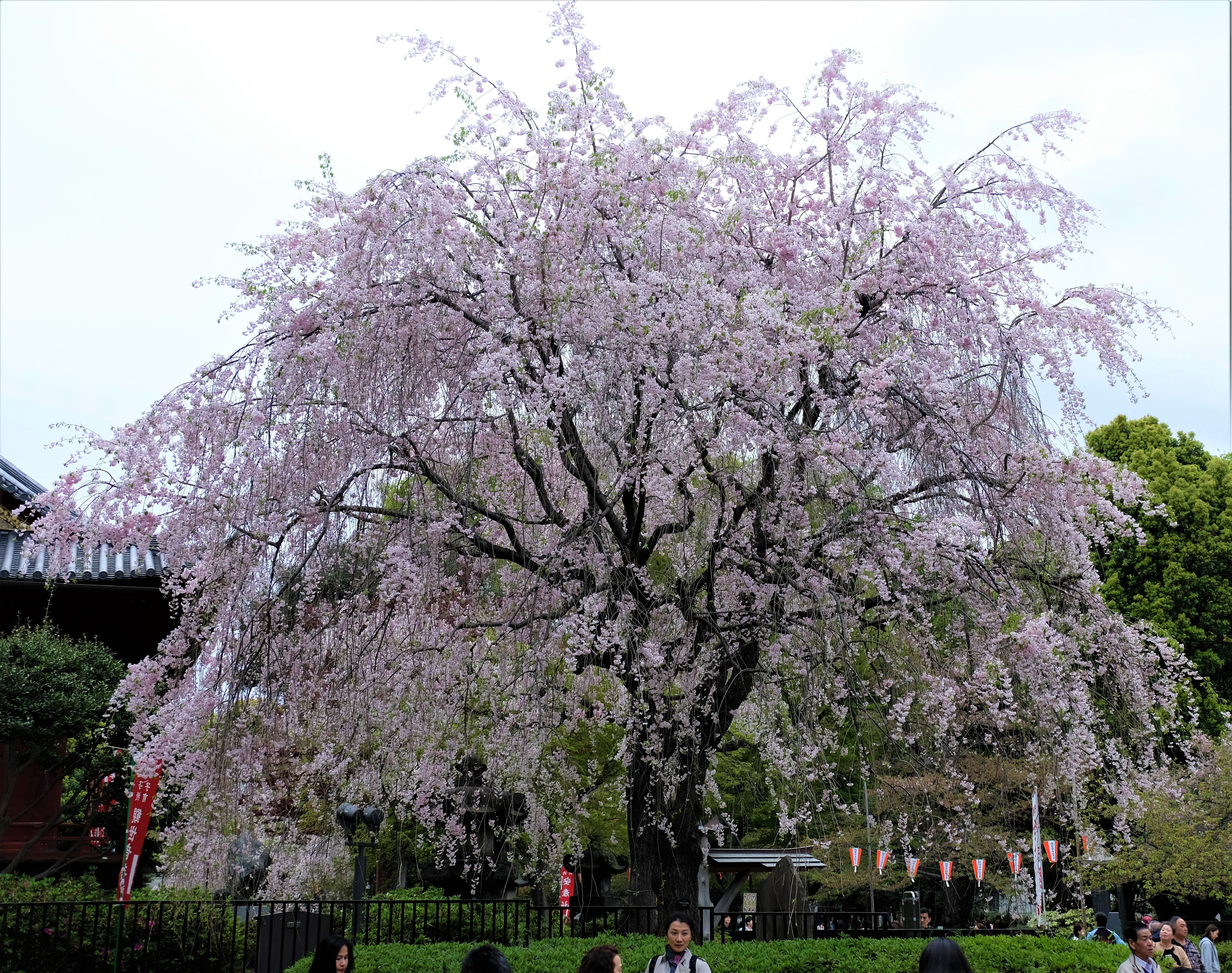
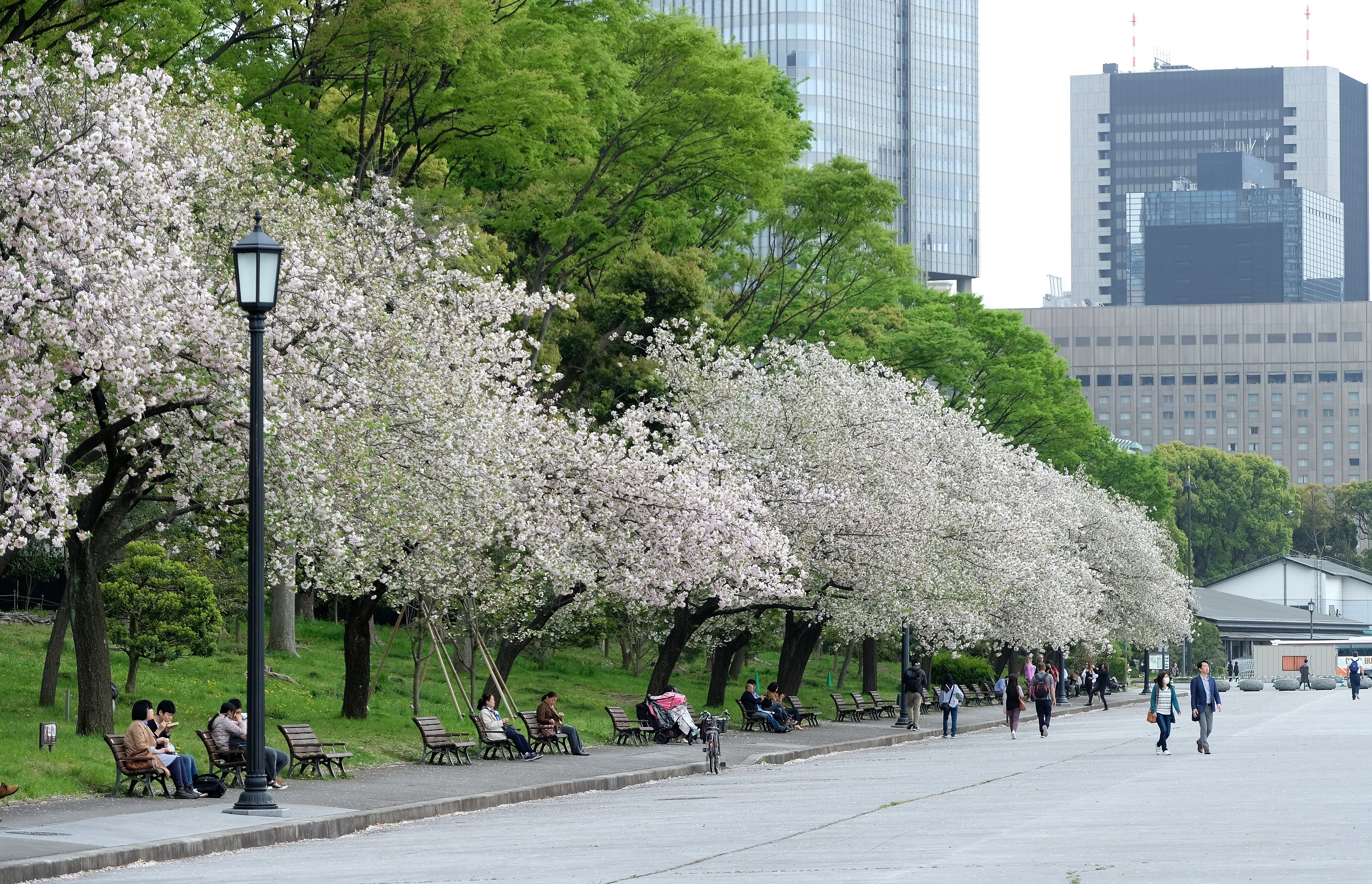
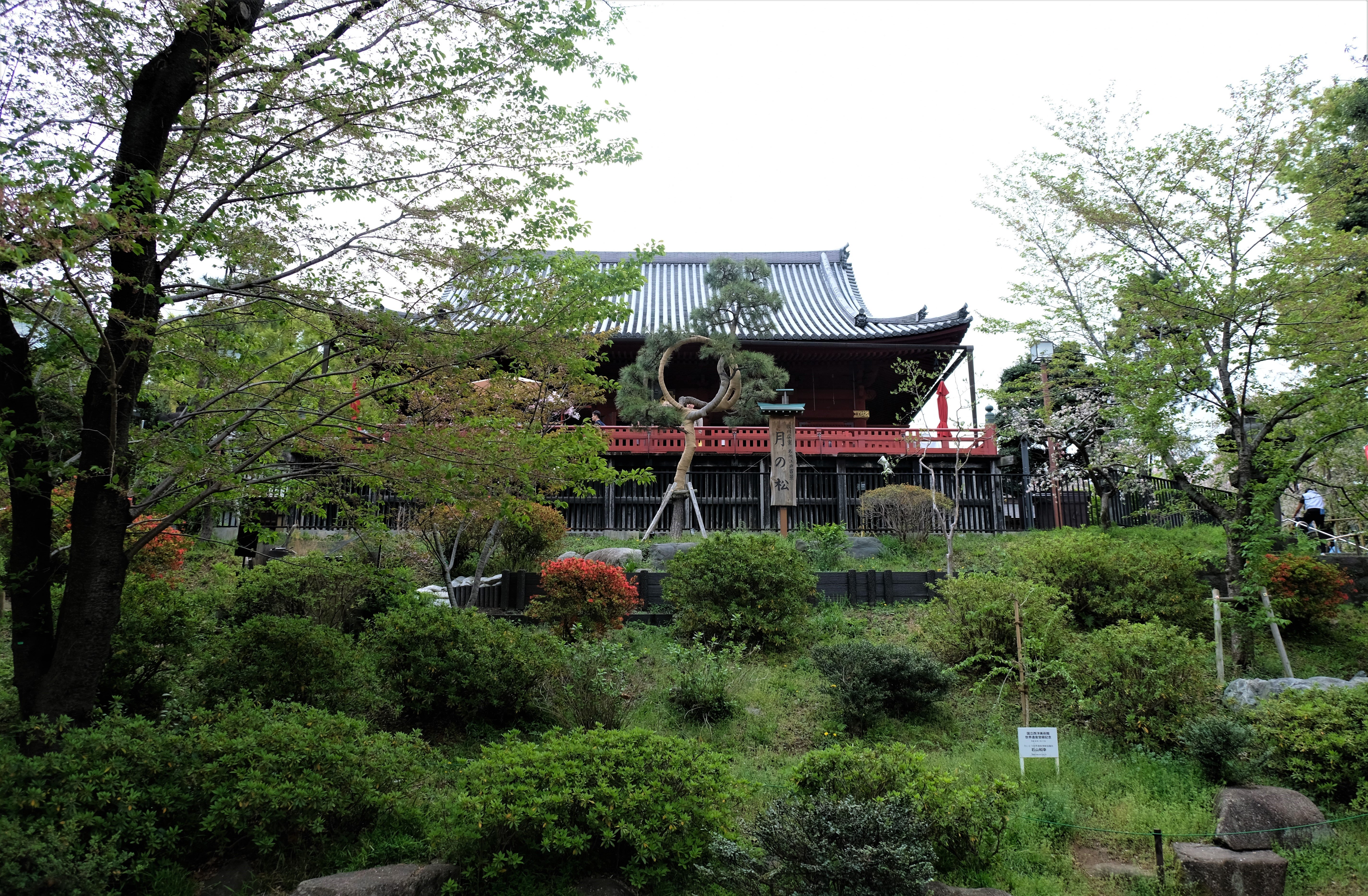
I was out of kilter with time having slept for an entire day, things weren’t helped by the fact I had turned-off my phone’s auto time adjust, meaning I was two hours behind – I did think it was odd going for dinner at 8:30 finding almost everything deserted (it was actually 10:30); I only realised the time difference the next morning when I missed breakfast, getting there at “9:00” when in fact it was 11:00. Having missed my first day sleeping I had now shortened my second day by mistake/error, grrrrrr. With what felt like lead strapped around my ankles I headed into the city.
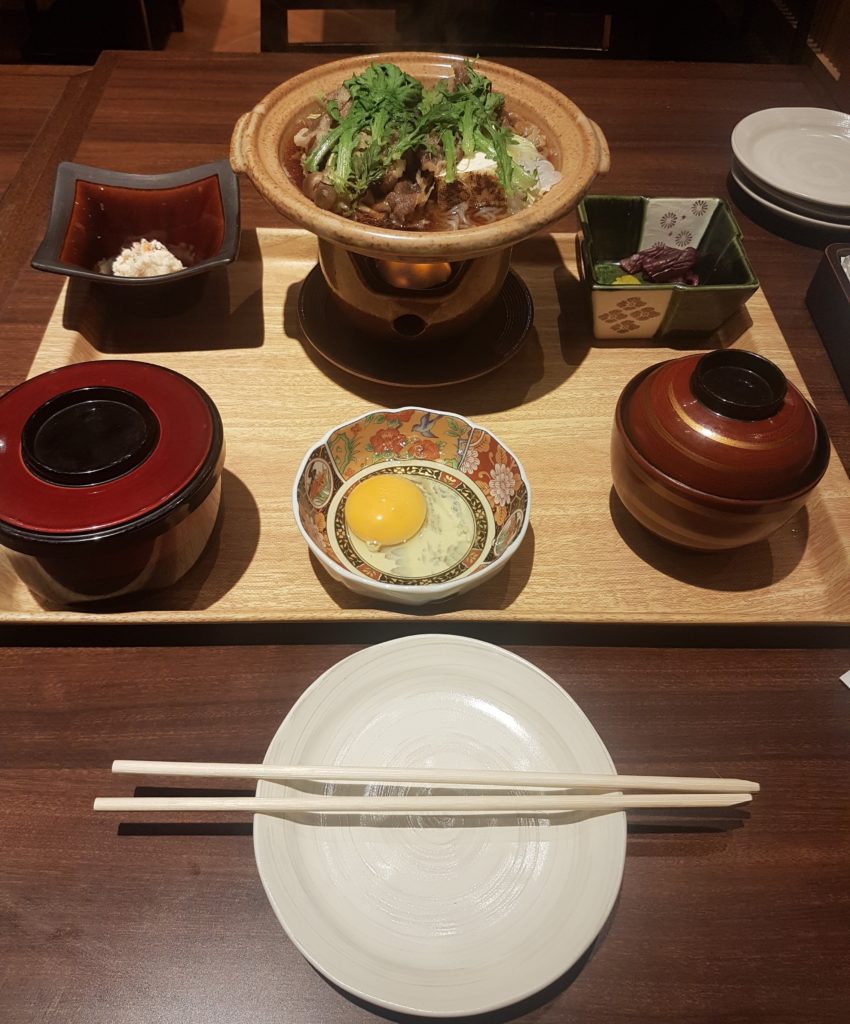
Now, I totally miscalculated the location of my hotel in relation to the city/tourist centre, an hour on a semi-fast train to get remotely into the city centre. The area of the hotel was an odd one, lots of formal style commercial buildings everywhere, no sky scrapers, at most 6 storied buildings, but all very big (width and breadth), the hotel was the highest building, in itself a huge hotel. What struck me was how quiet the area was, even though it seemed surrounded by companies, a university and tucked away small wholesale shops/malls. The roads were near dead quiet, there was almost no people; it almost felt as it the place was deserted but it couldn’t be. Deserted of people yet still full of buildings and everywhere was very well maintained, signage on buildings (of well known companies) – the whole of Japan seems to be. The only thing I can compare it to, is Canary Wharf (London) on the weekends; the difference here was it was even quieter, no high-rises and isn’t the finance/banking centre of Tokyo…..hmmmm….still puzzles me today. Most things are not new, but they could be as everything from buildings, streets, pavements etc. is extremely well maintained and clean, therefore everything seems to be in good condition. I don’t think I’ve ever seen such clean pavements, there are signs on the walkways for bicycles, pedestrians and no smoking signs too. I’ve thought back on the area of the hotel many times since and can’t put my finger on “what” the area is, absolutely safe, as it felt everywhere I went to in Japan. It’s not an industrial area, it was more like a massive commercial area….except I saw hardly anyone…very strange.
Cherry Blossoms & Ueno Park
I headed to Ueno Park, famous for cherry blossoms. I’ll keep you out of suspense, I missed peak cherry blossom season by about 1 week to 10 days, such a shame. Even so, there were still plenty of blossoms to give me a faint idea of what the place must look like during peak season. It must me other worldly, fantasmal (I know that’s not a real word, but you get the idea), that’s no exaggeration! Swathes of the city and parks taken over by delicate flowers ranging from white, faint translucent pink, right through to deep blood pink and all the variations in between. Tree trunks looking like barren stems void of foliage leading up to an impenetrable blanket of dainty flowers. This parasol of colour, a ceiling of flowers casting shade for everyone wandering below all who are looking skyward to take in this floral spectacle. I’ve never seen a city with such colour; these elegant and delicate flowers juxtaposed within a concrete jungle. One of the most densely populated cities in the world, yet you feel as if you are walking through the pages of a Disney story. It doesn’t take much imagination to think what this place must be like in full blossom, I would love to see it with my own eyes though.

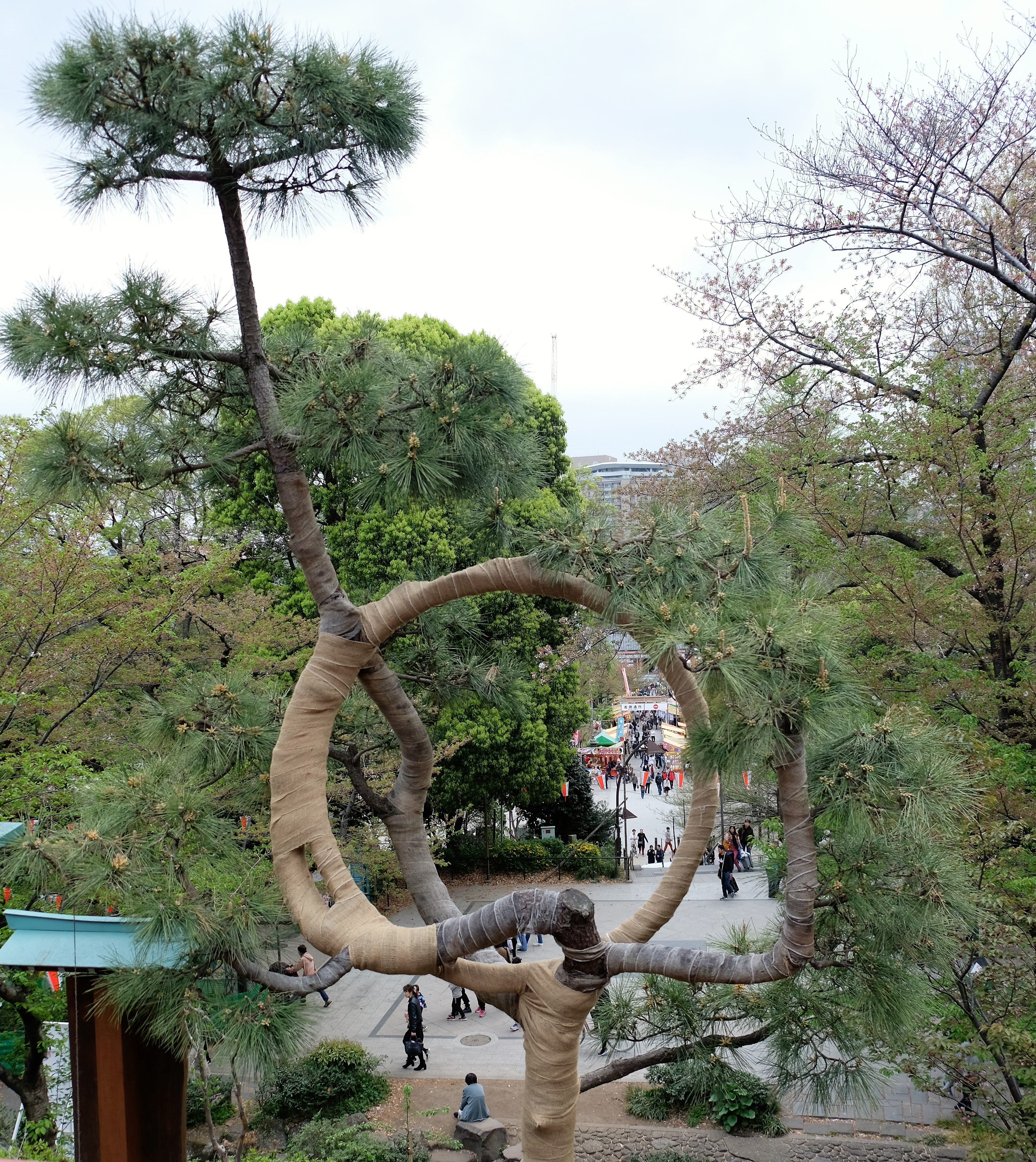
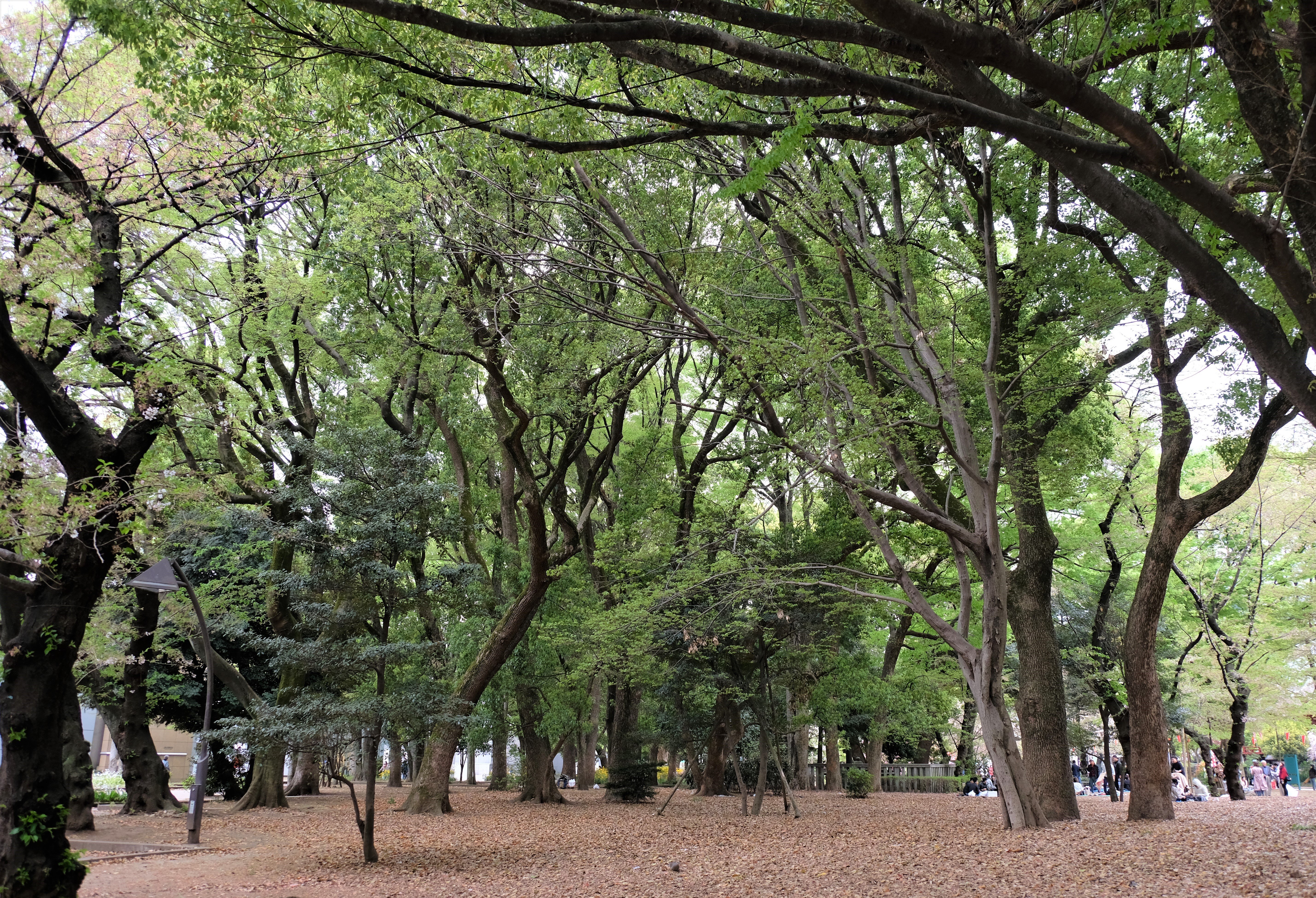
Yes, I was disappointed to have missed the peak season, but my main downer was my state of mind; a combination of being tired, oversleeping, my hotel location gave me the feeling of being in the middle of nowhere, the weather wasn’t bad i.e. cold, yet a low hanging blanked of grey reminded me of winters in London. All in all, I just felt a little down. When this feeling comes about I find the best way to change the paradigm is to change what I have control over and accept what I can’t change. I wondered around Ueno Park station for a bit for the sake of “site seeing” then thought to hell with this, I’m in one of the greatest cities in the world, there should be no reason to feel like this. First things first, head back to my hotel (it was late afternoon and it cost me less to when using wifi), eat, do a little searching and find a new hotel is a better location…….and have a normal night’s sleep.
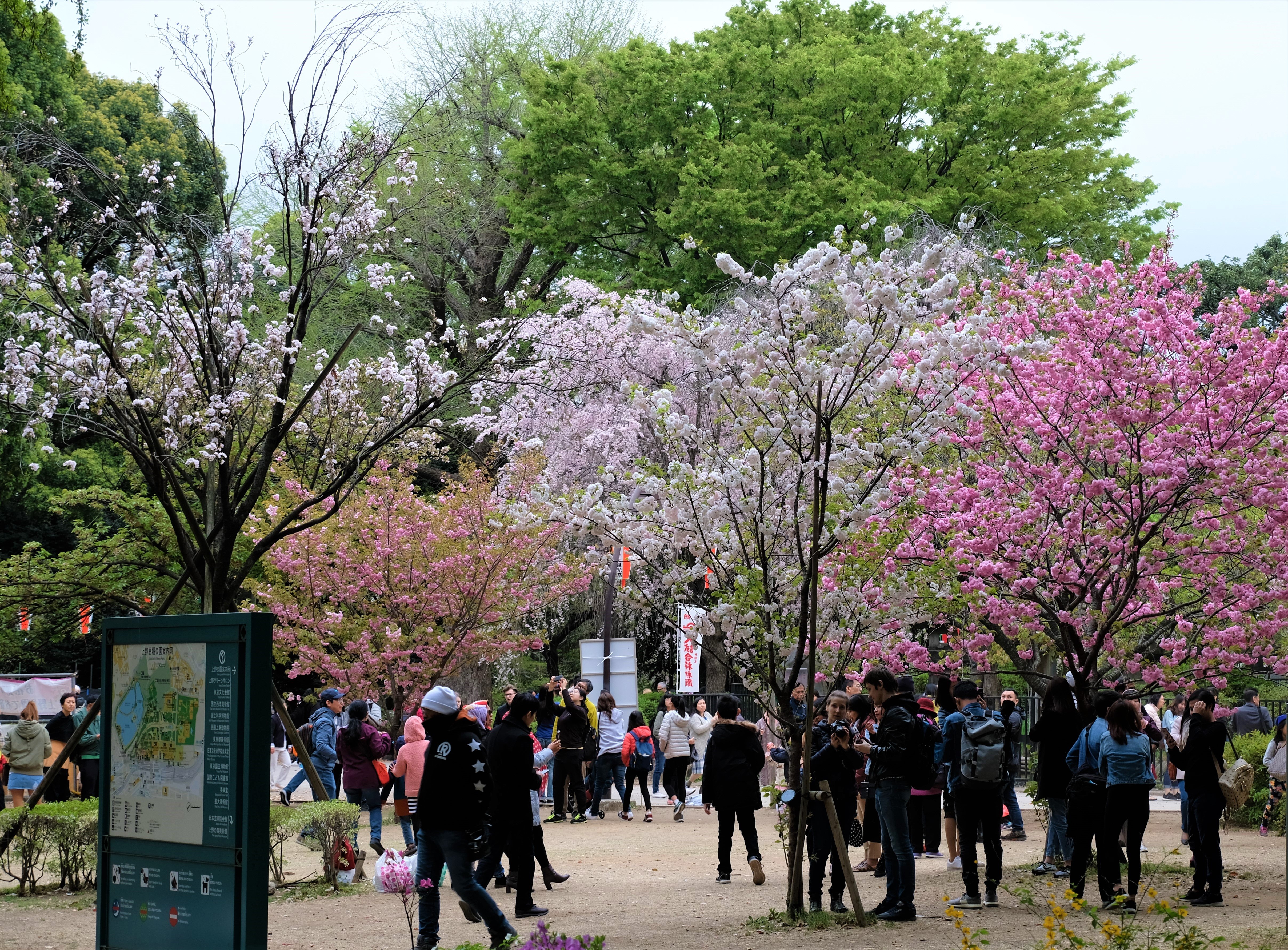

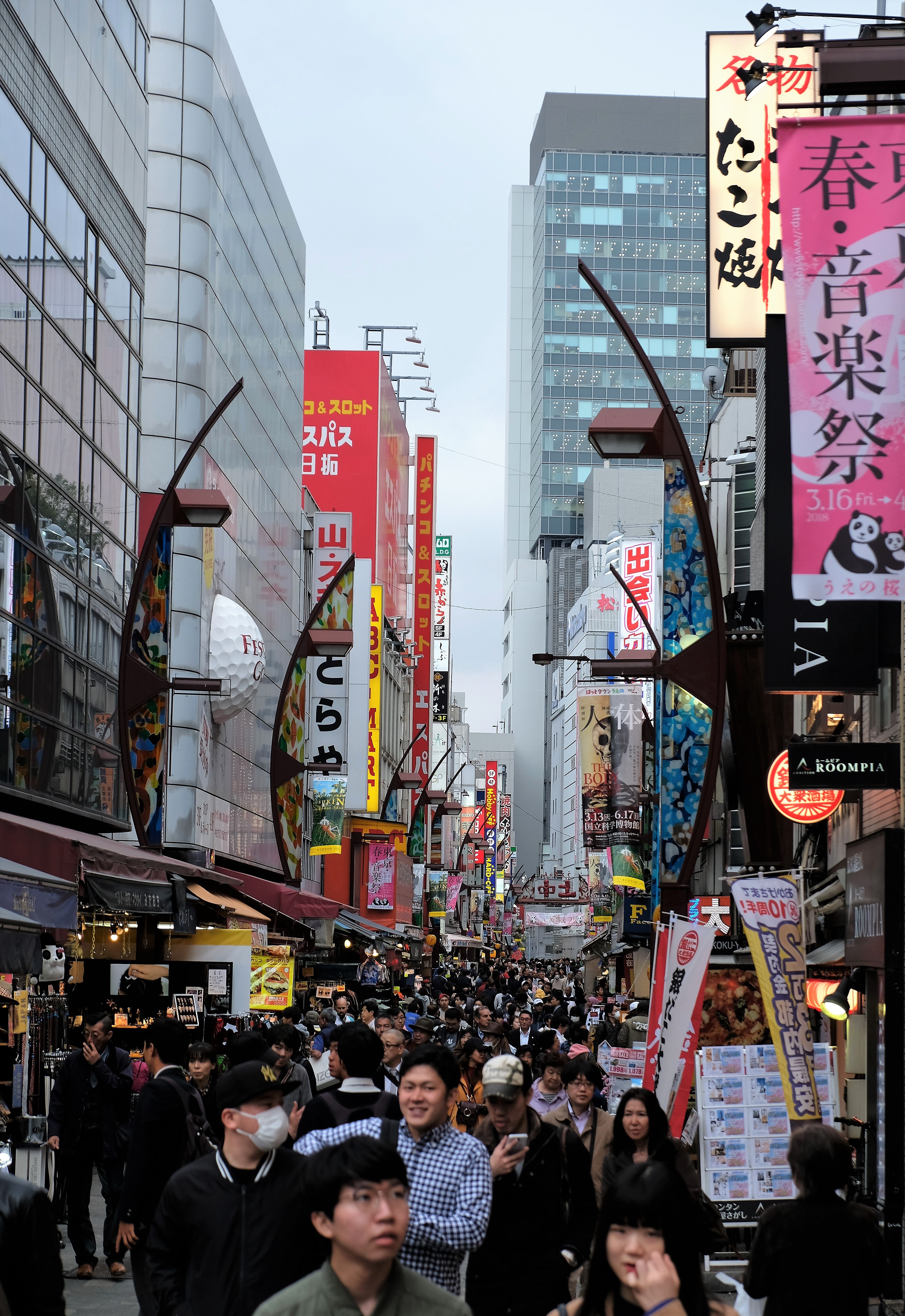
Moving to a better location in Tokyo
Coincidentally, my next hotel was the same chain of hotels, APA Hotel Kodemmacho Ekimae, still an odd location (I’ll explain a little later), but much better; at least I felt like I was surrounded by people and occupied buildings; an area mixed with residential and office buildings (maybe akin to Dalston in London, however more developed and a millions times more orderly and clean). Another good thing about the new location was the transport, easy access to three Tokyo metro stations (I’ll get into the metro later too). I can’t say my head was totally in a right state, without doubt I was feeling more positive – I had booked for 1 night; at this stage I wasn’t liking Tokyo (not liking cities seemed to be becoming a trend) Both APA hotels had tiny rooms, the smallest hotel rooms I have ever stayed in, even so they are designed exceptionally well, like a compact Japanese car. The rooms have everything you would expect and more, considering the size – Massive TV, ¾ bed, bath & shower in one (1/2 the size of a normal bath), nice toiletries (better quality and lots of it compared to a normal mid-range hotel), an all singing and dancing toilet (built-in bidet – with temperature setting for the water and toilet seat, various spray setting etc. etc.), bathrobe with slippers, a separate gown/pyjamas with slippers (I saw a few people walking around the hotel wearing the latter), a torch on the side of the bed (I guess this is for is/when the electricity goes off caused by earthquakes or storms – I guess), desk, heated bathroom mirror so it doesn’t steam up etc. etc. basically the rooms are bloody small yet packed with everything you could want or need – I’ve stayed in a lot more expensive hotels that have far less! Aggravatingly I don’t have the pictures, again, I’m sure I took pictures of the room but I cannot find them….I must have deleted them by mistake ARGH!!!!!
Early check-in at the hotel went smoothly again and I was heading out back into the city centre to see Edo Castle. Tokyo Metro map is one of the more complicated metro maps I’ve seen, likely the most complicated, made more so by the writing! It looks like such a mess, with so many stations is can get confusing, thankfully all the metro employees I spoke to were fantastic, with a good standard of English making it even easier. Like all metros/underground systems you only need to use it once of twice to get the hang-of-it – all the major stations I went to also have signs in Japanese and English.
Edo Castle / Chiyoda Castle
I wondered around town for a bit before heading to the castle, now this was more like Tokyo compared to the day before! I was feeling better already. Tokyo Station is up the road from Edo Castle, a wide paved walkway runs perpendicular between the too. Just like everywhere else the place is spotless, as if the pavements were installed recently, parks are pristine and manicured, very impressive – later during my time in Japan I’d see parks and public spaces making the gardens in and around Edo Castle look less than average!
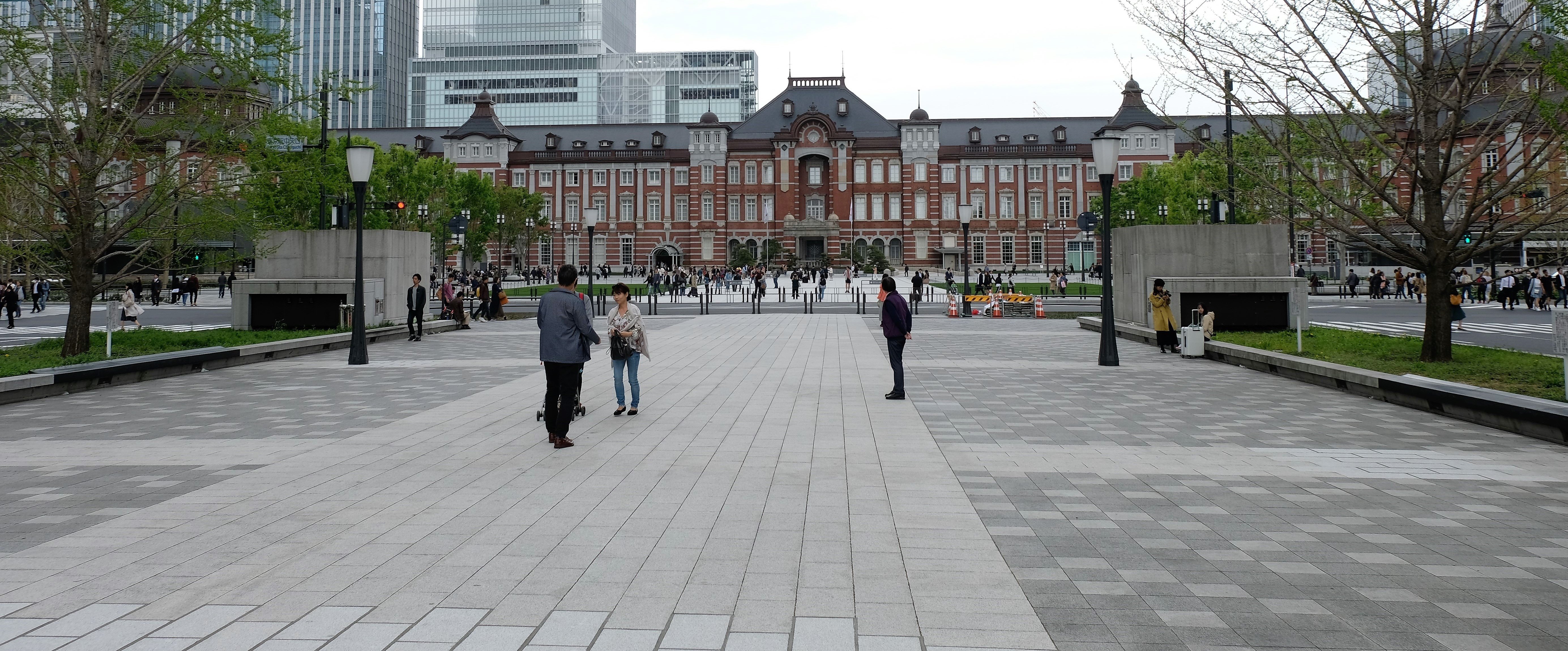

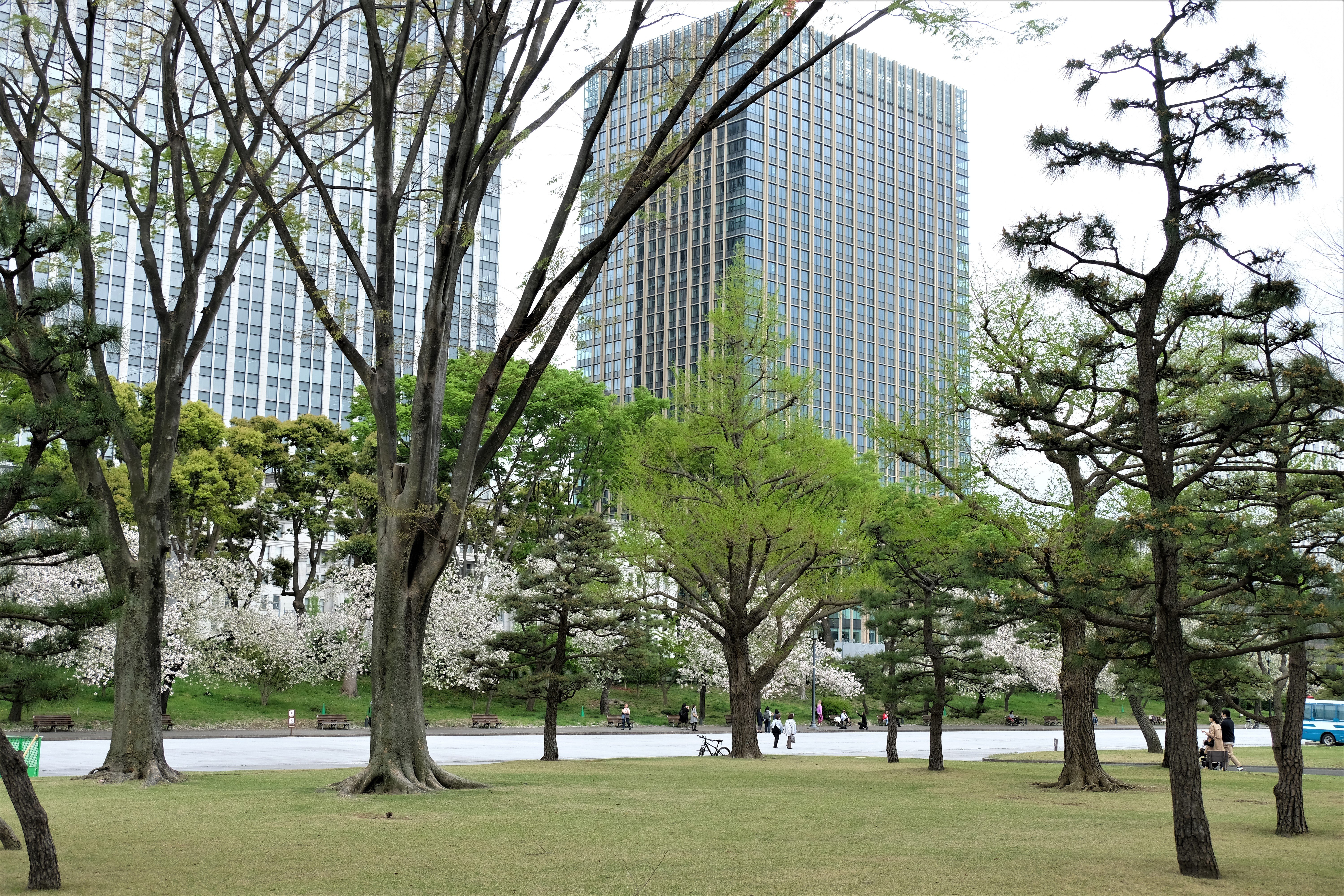
The first major structure was built by the warrior Edo Shigetsugu some time in the early 14th century. The Edo clan ended in the 15th Century due to the uprising in the Kantō region, after which Ōta Dōkan who worked for the Uesugi clan built the castle in 1457. Edo Castle, is also referred to as Chiyoda Castle, as it is now in the Chiyoda suburb of Tokyo, the former area used to be known as Edo. Ōta Dōkan himself is also known as Ōta Sukenaga; taking the former surname after becoming a Buddhist priest, he was a samurai warrior, military strategist and poet amongst other things.
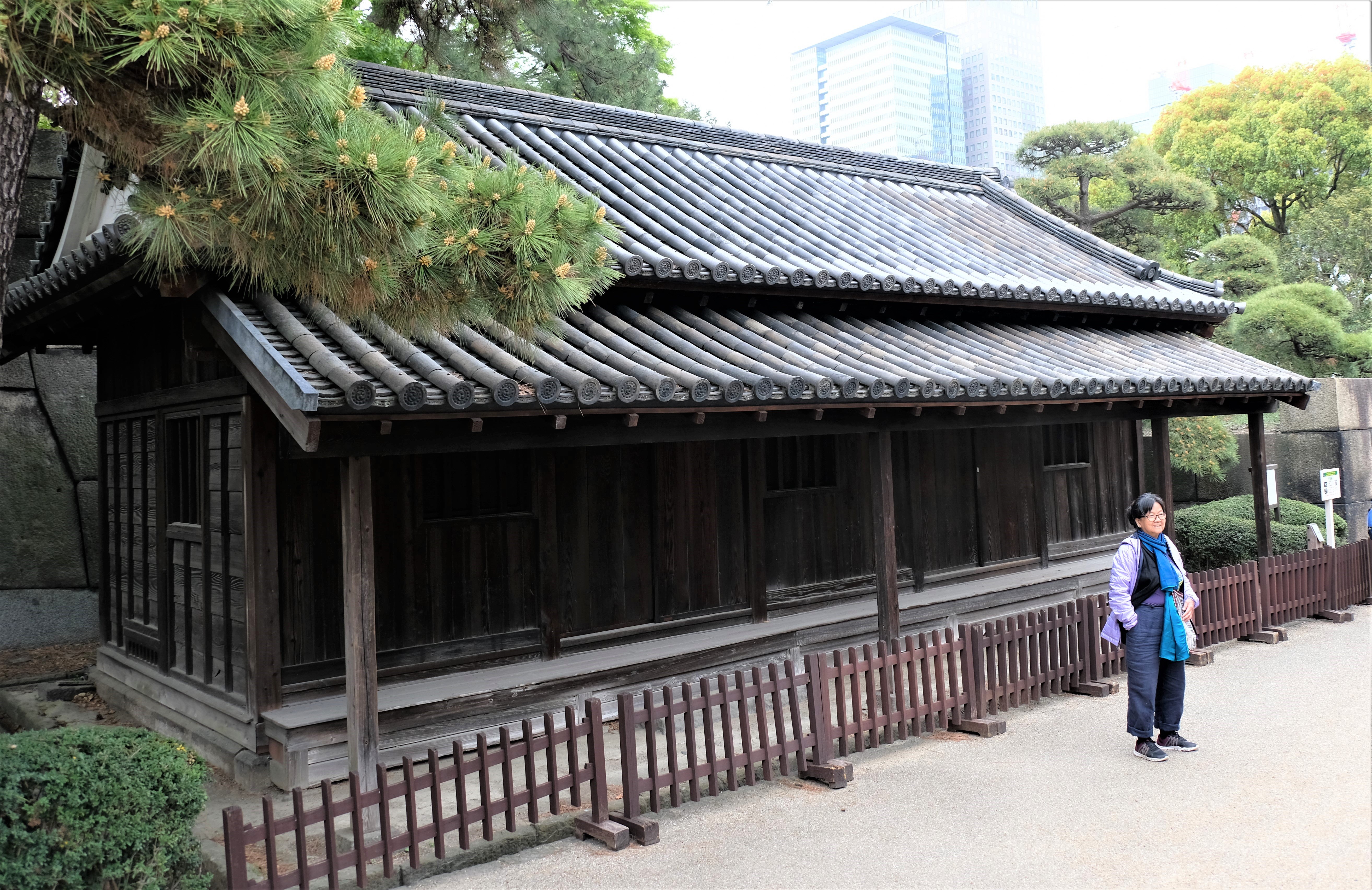

As with many of these types of structures/areas within history its ownership changed hands a few times. The Later Hōjō clan took over in 1524 after the Siege of Edo, then the castle was abandoned in 1590 because of the Siege of Odawara. After that Tokugawa Ieyasu made Edo Castle stronghold base after he was offered eight eastern provinces by Toyotomi Hideyoshi. He later defeated Toyotomi Hideyori, son of Hideyoshi, at the Siege of Osaka in 1615, and emerged as the political leader of Japan. Tokugawa Ieyasu received the title of Sei-i Taishōgun in 1603, and Edo became the center of Tokugawa’s administration (a lot of this paragraph came straight from Wikipedia – it was easier for accuracy purposes).

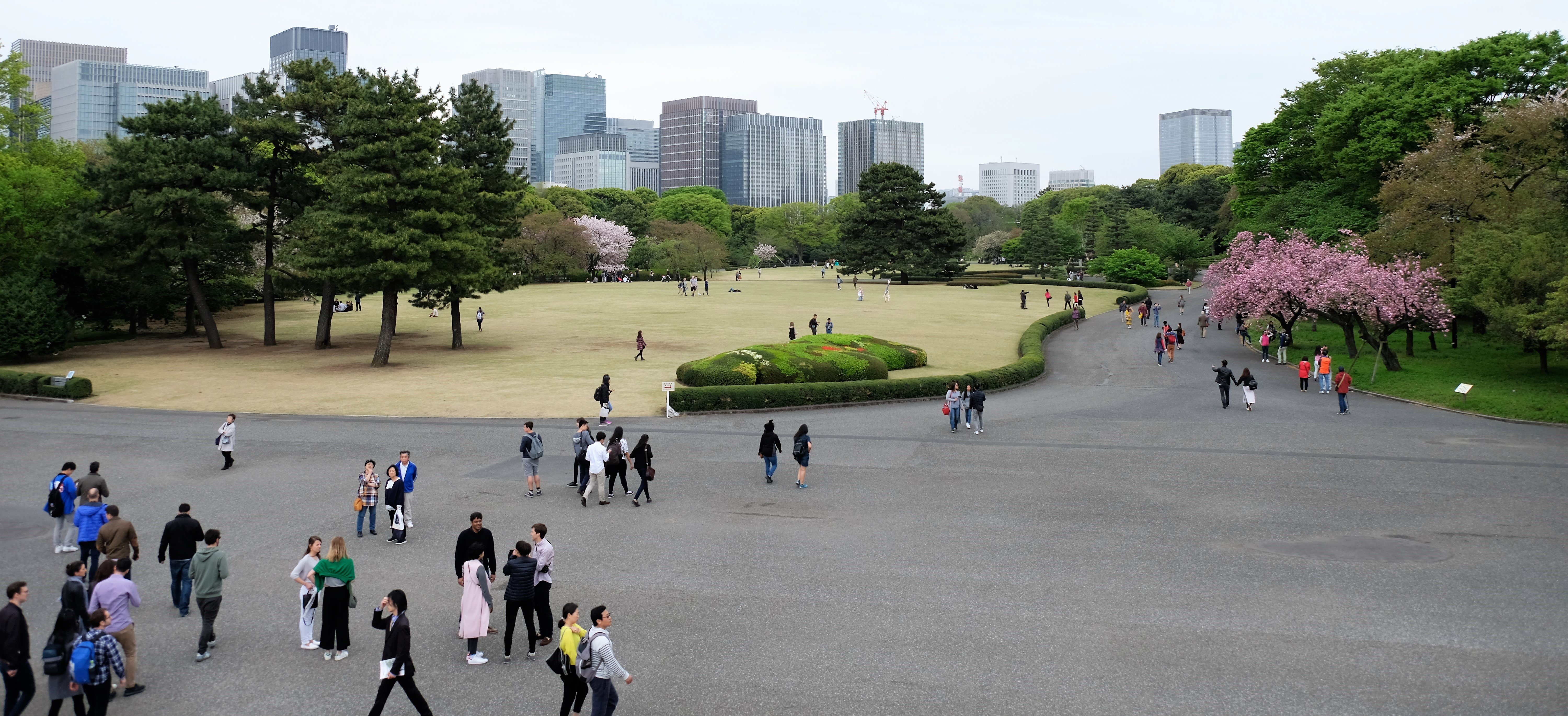
Edo Castle is surrounded by a moto and part of a much bigger complex including a few huge gardens and Tokyo Imperial Palace (the primary residence of the Emperor of Japan) – visits to the palace are allowed by specific prearranged guided tours….I didn’t go because of the waiting list. Very little remains of the original Edo Castle and the vast complex of the grounds. The area used to have waterways, many motes and canals with a circumference of nearly 16km. Construction started in 1593 and completed in 1636 by Ieyasu’s grandson, Tokugawa Iemitsu; the Tokugawa shognute (clan) rules from 1600 till 1868 when the Meiji Restoration happened; restoration of imperial rule

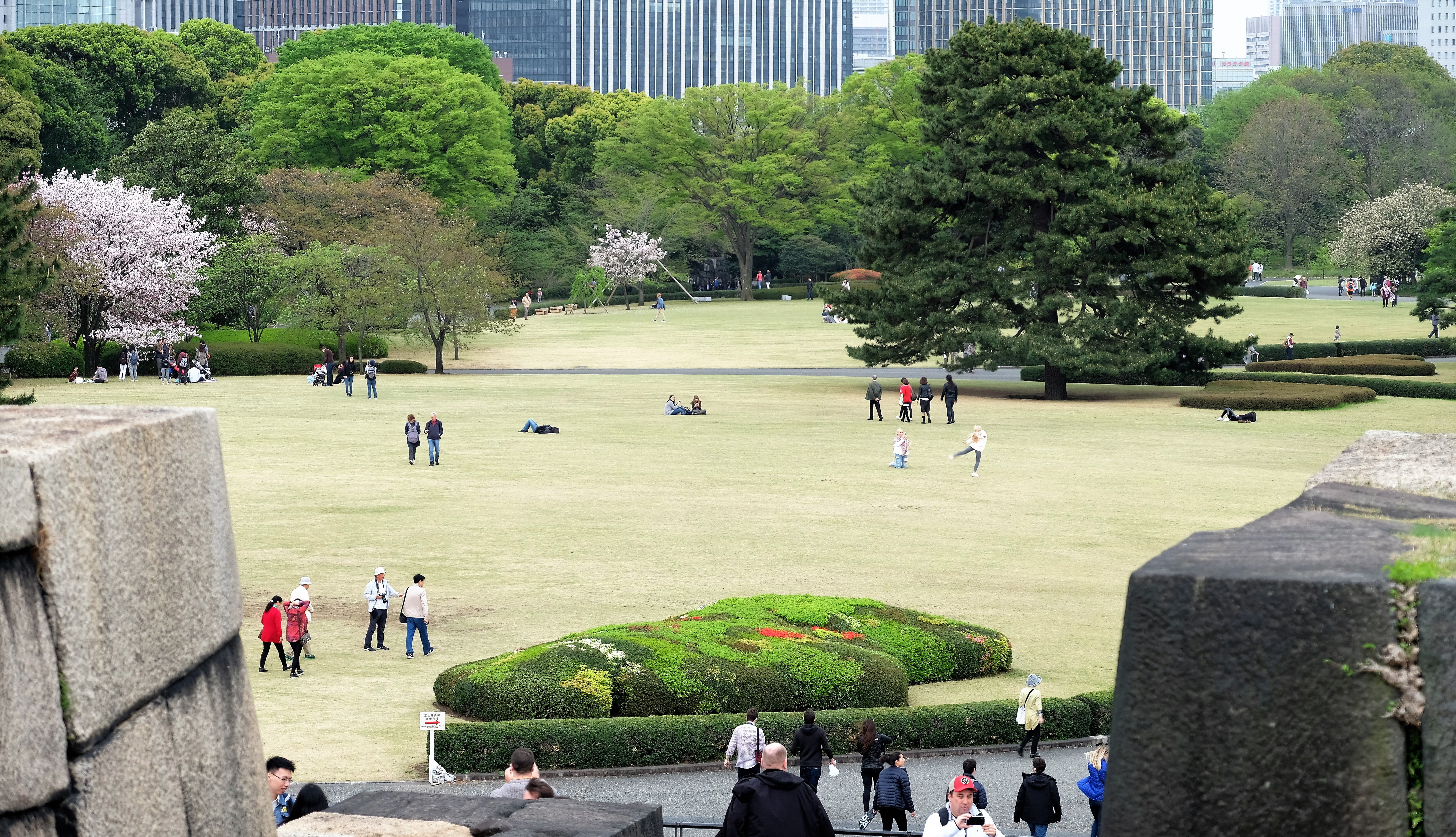
The area was totally transformed, from pushing out the coastline in some parts to bringing the sea closer to enable boats to dock close by. With ramparts as high as 20m, 12m high inner walls and 34 massive entrance gates, this was like a town created from almost nothing, however it was a castle/palace complex. Considering the population of the near vicinity was only 150 000, a small population for such a massive undertaking. To resolve this people who fell under the ruler either supplied money, resources &/or people to undertake the construction – at its height there were 300 000 construction workers.
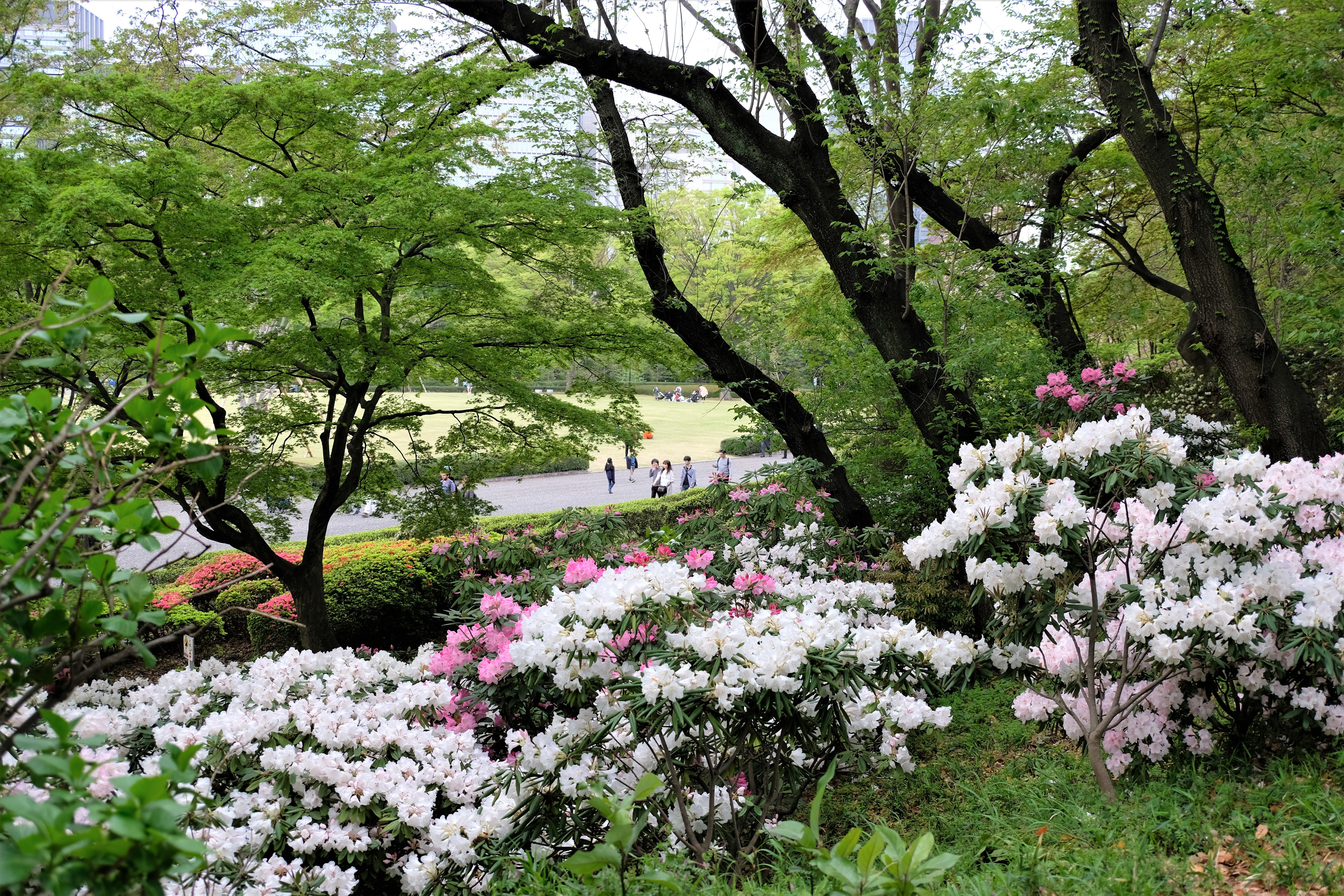
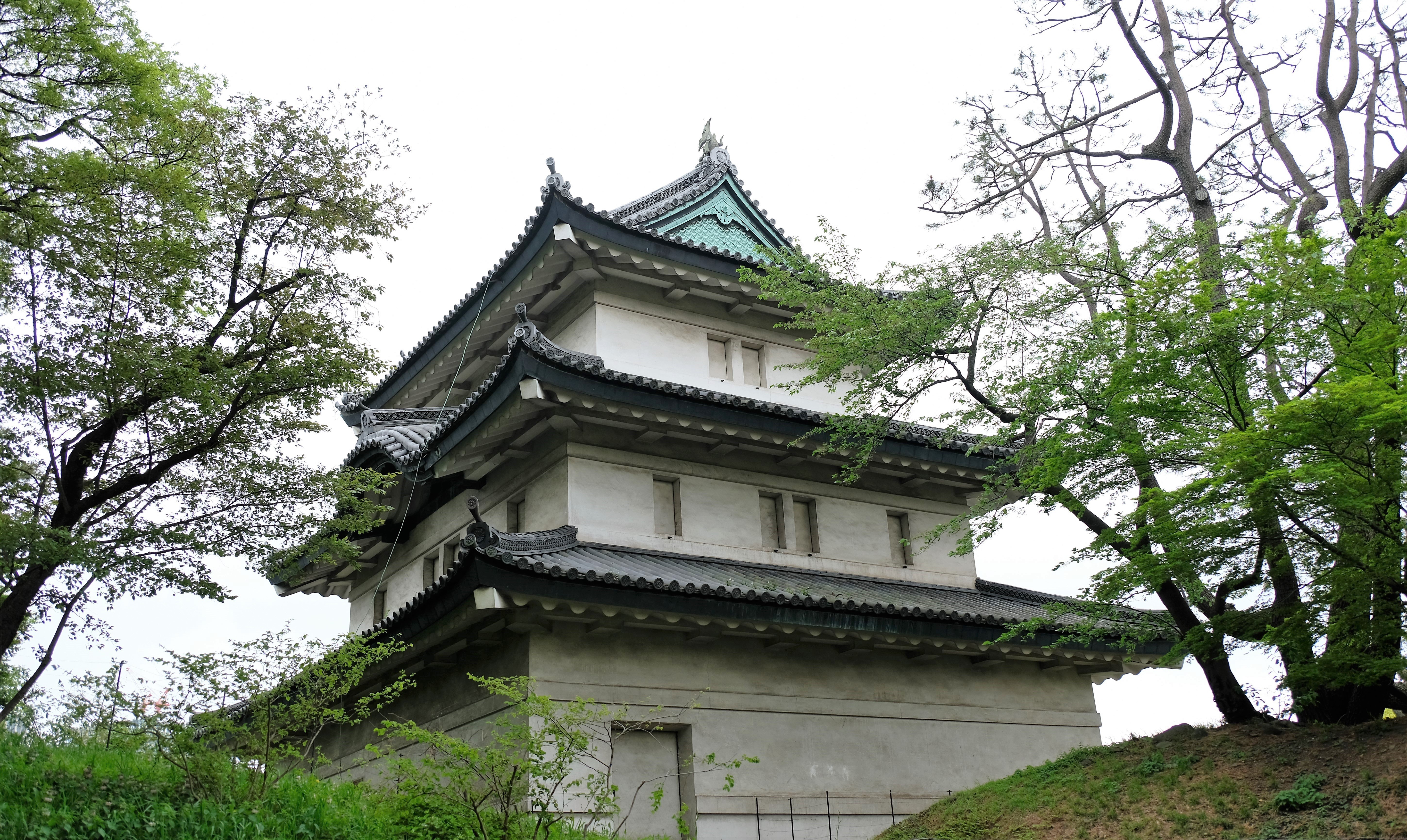
An interesting story that happened in the castle, made famous to the Western world by Hollywood (embellished to the extent of making it fictional fantasy), is the true story of the forty-seven ronin. At the beginning of the 18th century within the Great Pine Corridor of the Edo Castle, Asano Takumi-no-kami drew his short sword and attempted to kill Kira Kōzuke-no-suke for insulting him; it is said Kira wasn’t the nicest of people and had been spreading rumour and lies about Asano. This action resulted in him being sentenced to commit seppuku, furthermore his samurai warriors were banished. These ronin plotted revenge for the honour their lord Asano, two year later their plot was put into action and succeeded. These ronin’s actions were against the law, as with their lord Asano they were sentenced to commit seppuku.

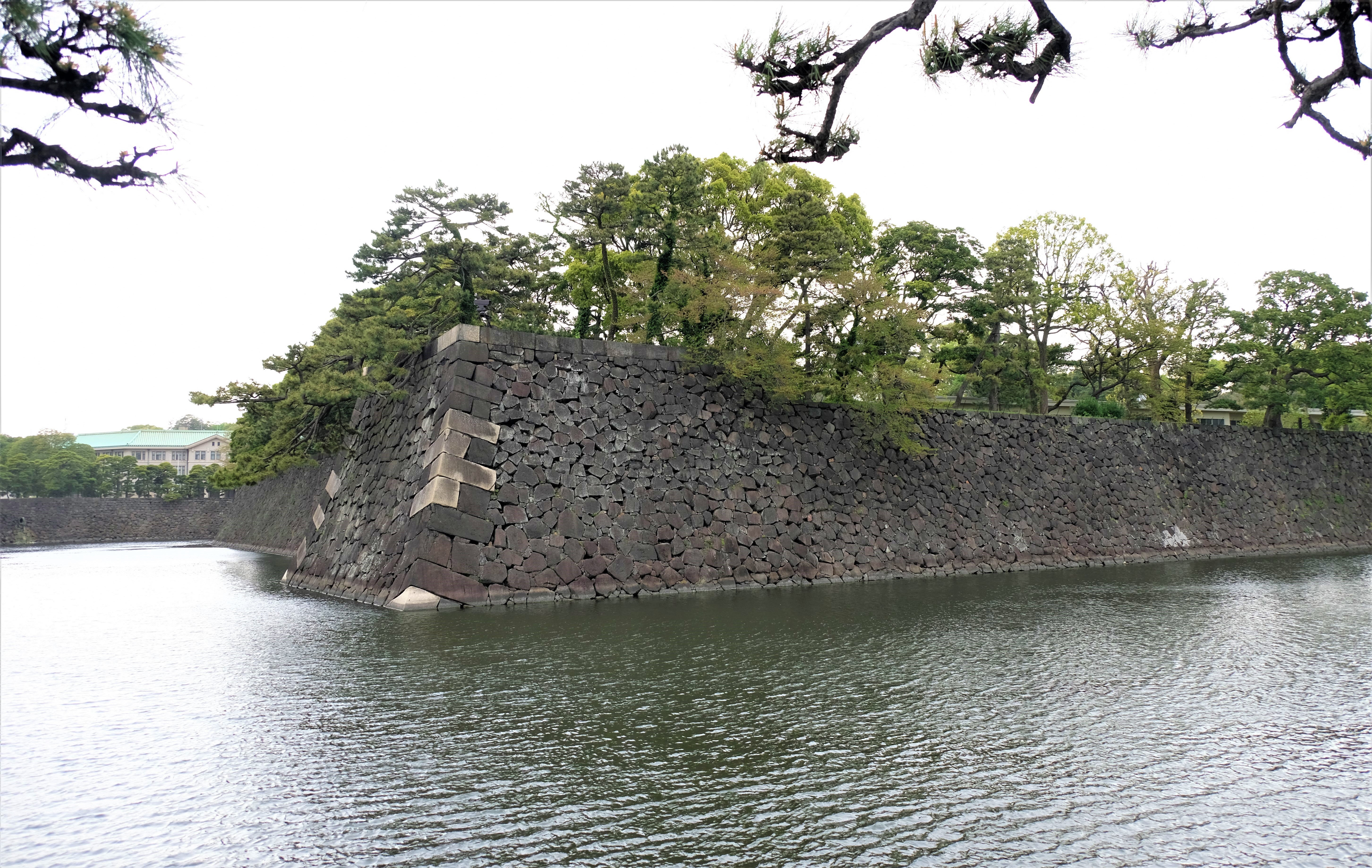
If I’m honest to myself, and anyone that reads this, Edo Castle is ok, I can imagine the Imperial Palace must be a total different kettle of fish. As most of the castle is not longer there, what remains is some of the layout, ramparts, foundations, some motes and walls – what remains is impressive though a tad underwhelming. What remains of the stone construction is impressive, with huge stones at perfect angles and flattened sides. Of the motes still functioning, they are some of the longest I’ve seen anywhere. Their retaining walls could have been built yesterday, that’s how well they were made and have been preserved. Considering their size and length, they are an impressive feat of engineering. At it’s prime, this place would have been amazing, today, the gardens are more the main attraction, as beautiful as they are, like I said, I was a little underwhelmed.
After walking through Edo Castle grounds, I made my way to the main entrance of the Imperial Palace. The Stone Bridge (Seimon Ishibashi) leads to the main entrance gate of the palace called Nishinomaru-mon with the Iron Bridge (Seimon Tetsubashi) in the background. Both bridges used to be wooden arch bridges replaced during the Meiji period with what we see today.
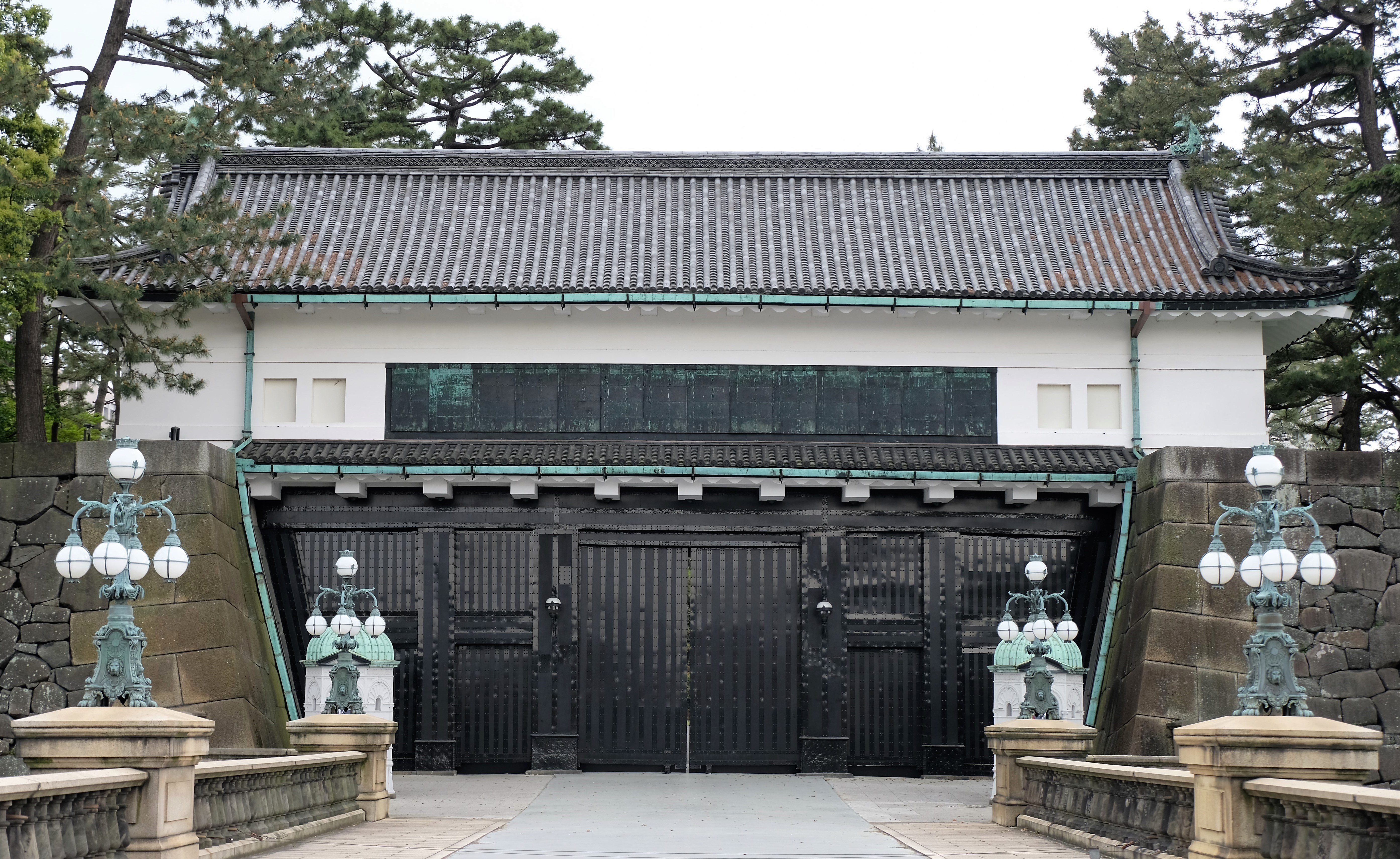
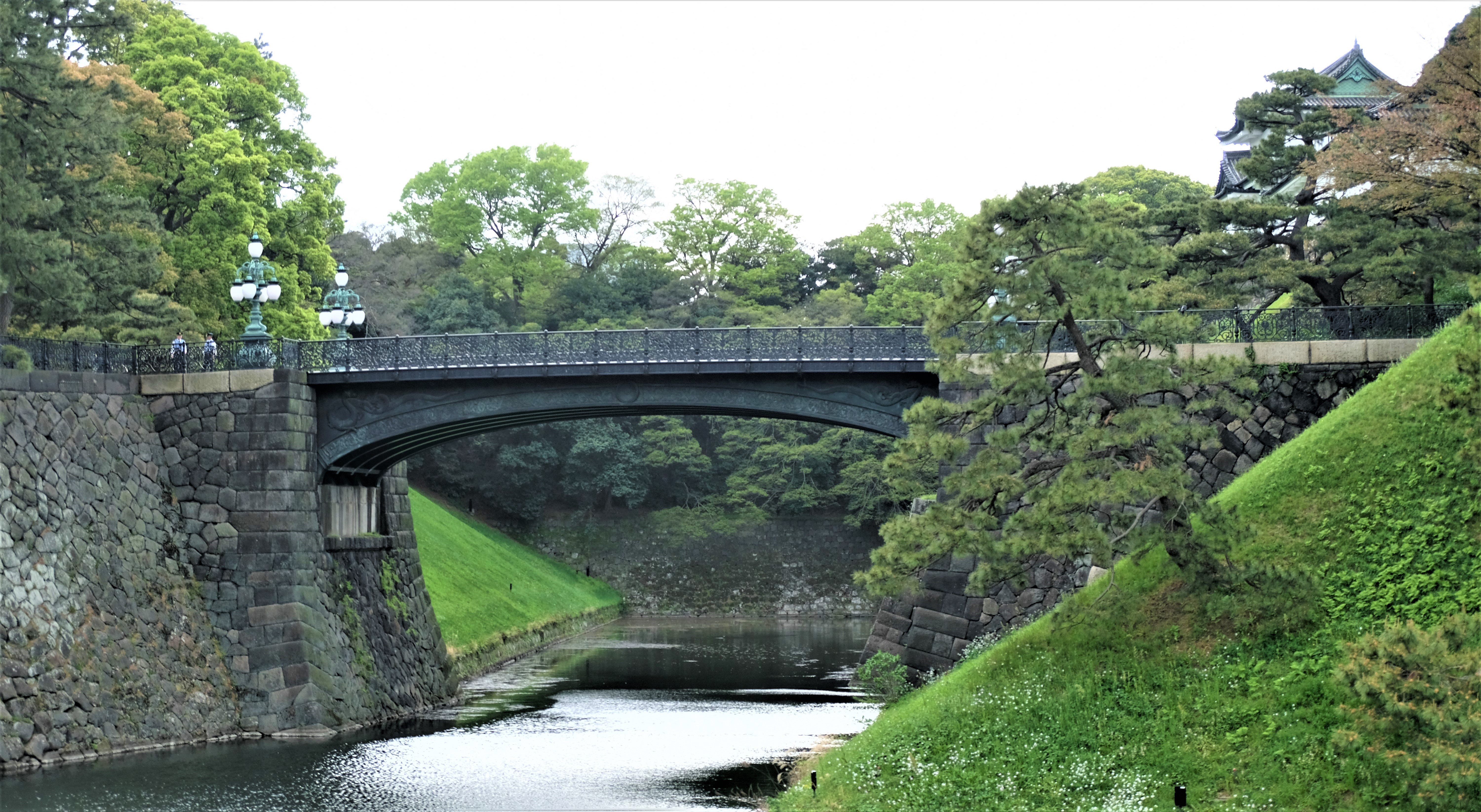
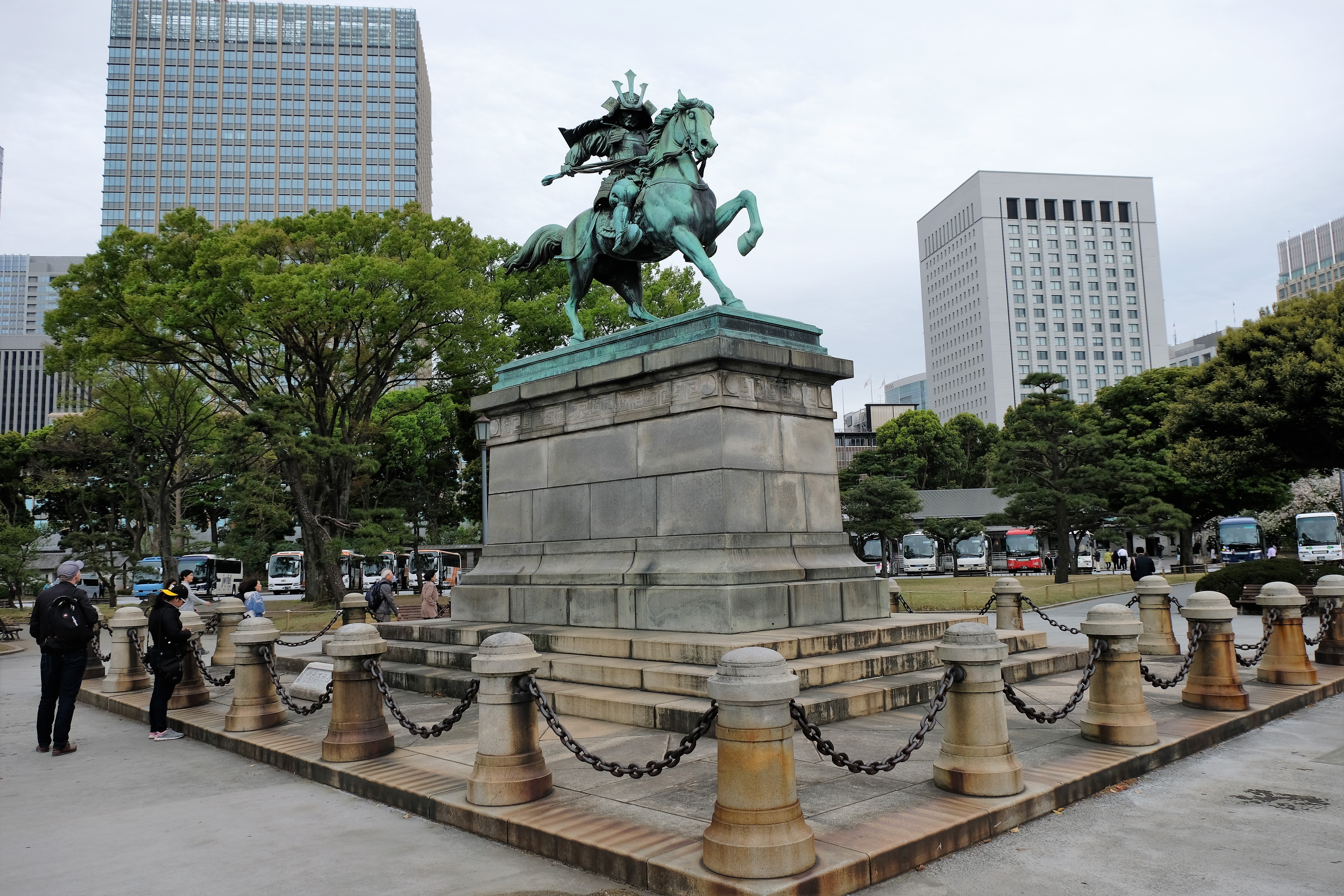
Tokyo had got off to a slow start, that is obvious. From my state of mind to what I had seen wasn’t spectacular, the up side was my mind was moving into the right space, so I was optimistic for the days to comes. The next morning started off started with a bang….not a good one – I’ll get into that in my next blog post.
